Affiliate links on Android Authority may earn us a commission. Learn more.
The best iPhone 13 alternatives: 7 phones to consider before you buy
It feels like just the other day that Apple revealed the iPhone 12 range, expanding its flagship range to four models for the first time. At launch, there was no shortage of options, from the tiny iPhone 12 Mini to the top-end iPhone 12 Pro Max. Now, we have the iPhone 13 series, iPhone 14 series, and even the iPhone 15 series, and they all look like pretty solid smartphones. What if you wanted something a little different, though? We’ve got you covered with our rundown of the best iPhone 13 alternatives.
Looking for something more up-to-date? Check out our picks for the best iPhone 15 alternatives, too.
The best iPhone 13 alternatives
1. Samsung Galaxy S24 series
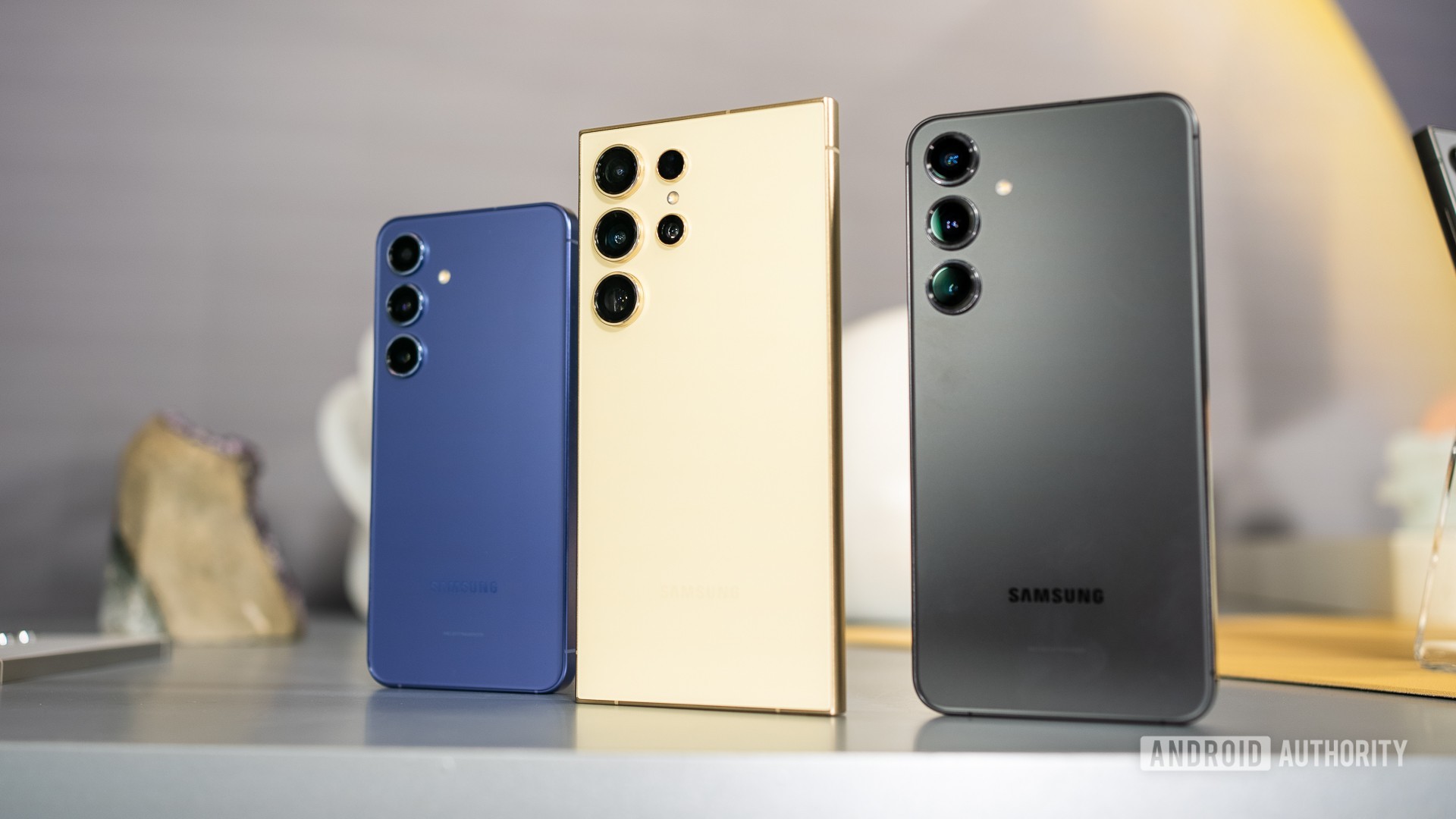
Samsung’s phones have always gone toe-to-toe with Apple’s devices when it comes to flagship wares. So, is it any surprise that the Galaxy S24 family is easily one of the best iPhone 13 alternatives on the market? At this point, Samsung is playing with house money, having two years of progress on Apple’s flagships.
One of the most significant selling points is that Samsung promises seven years of OS updates and security patches for the S24 series (among other device lines). It’s finally to the point where Samsung is matching Apple blow for blow and easily exceeding other Android OEMs.
All three phones offer 120Hz OLED panels, 5G connectivity, 12MP ultrawide cameras, and 8K video recording. The Galaxy S24 is the cheapest and smallest model, packing an expanded 4,000mAh battery, a solid triple camera system, and Gorilla Glass Victus 2 all around. The Galaxy S24 Plus keeps many of the same specs but bumps up the screen size and charging speed to match the Galaxy S24 Ultra at 45W. Meanwhile, the S24 Ultra is the largest and most expensive entry, featuring a 5,000mAh battery, two telephoto cameras (3X and 5X), a brand-new Gorilla Armor material, and a QHD+ panel.
2. Apple iPhone SE 2022

Like the idea of getting an iPhone but want something much cheaper than the flagship devices? That’s where the iPhone SE 2022 comes in, serving as the smallest, most affordable iPhone on the market, though it’s far from the newest at this point.
The wallet-conscious iPhone SE (2022) now comes in at $429 in the US, making it the cheapest new iPhone you can get by a large margin. And you’re getting some solid specs for the price, such as a 5G-ready A15 Bionic processor, IP67 water/dust resistance, and wireless charging.
That being said, you do miss out on iPhone 13 features like multiple rear cameras, higher resolution screens, and newer designs. The iPhone SE 2022 doesn’t carry an updated refresh rate, either, though that’s still reserved for the iPhone 13 Pro lineup. Still, it’s one of the cheapest ways to hop aboard the Apple train.
3. OnePlus 12
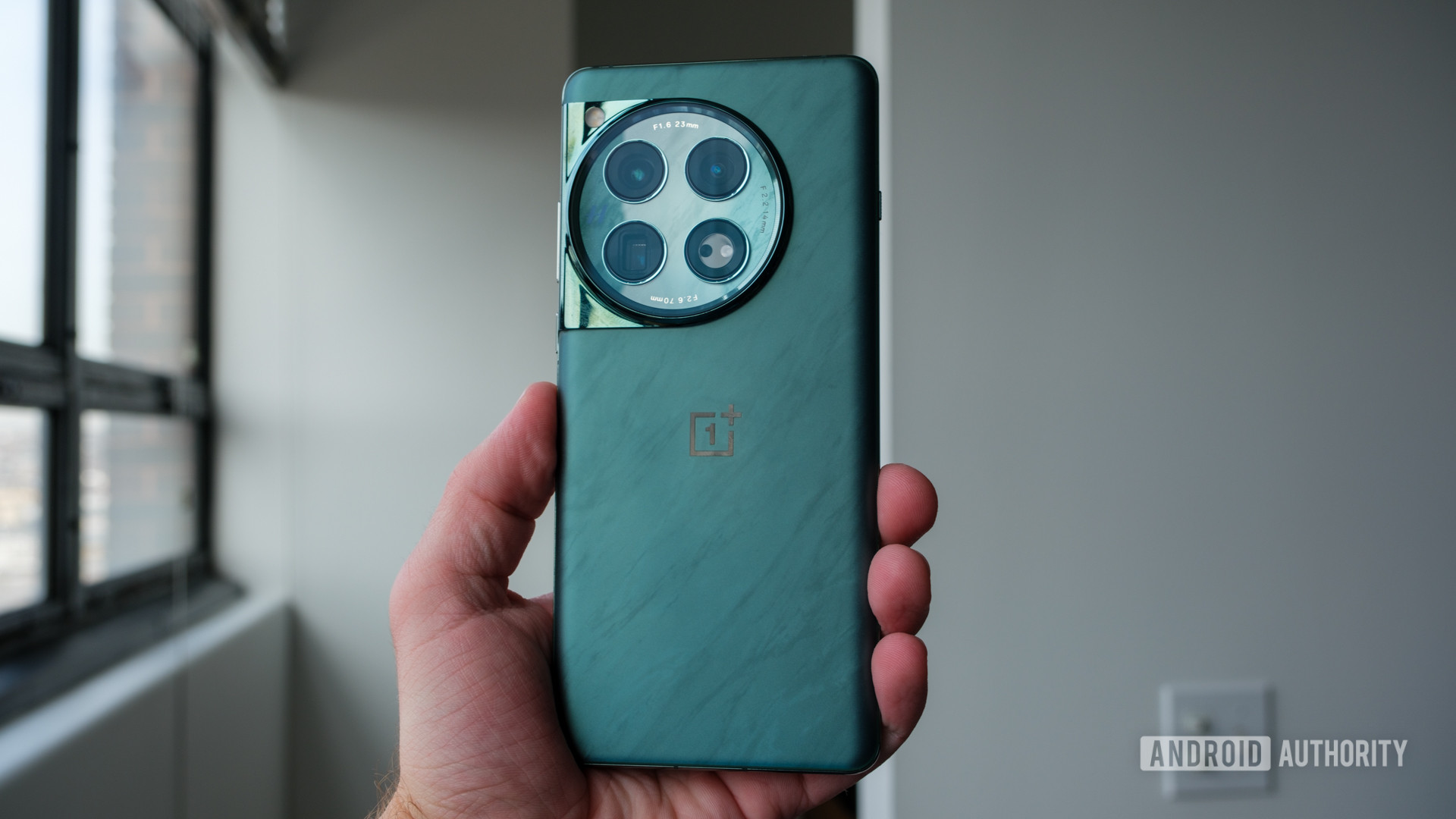
The OnePlus 12 feels, in many ways, like what the OnePlus 11 was meant to be. It carries 80W wired charging in the US with 50W wireless charging worldwide, a Snapdragon 8 Gen 3 SoC, a 50MP primary camera, and a 48MP ultrawide snapper.
This is also the second year of OnePlus launching a single flagship device, which is a good sign of consistency for the brand. It’s technically paired with the more affordable OnePlus 12R, but it’s hard to call that a true flagship launch. The OnePlus 12 is slightly larger than its predecessor, packing a 6.82-inch curved display and an expanded camera bump that swaps its 32MP telephoto sensor for a 64MP periscope option.
OnePlus has also upgraded its software commitment to four years of Android versions with a fifth year of security support. It’s a nice bump for fans of the brand, but it still lags well behind Apple’s support.
4. ASUS Zenfone 10
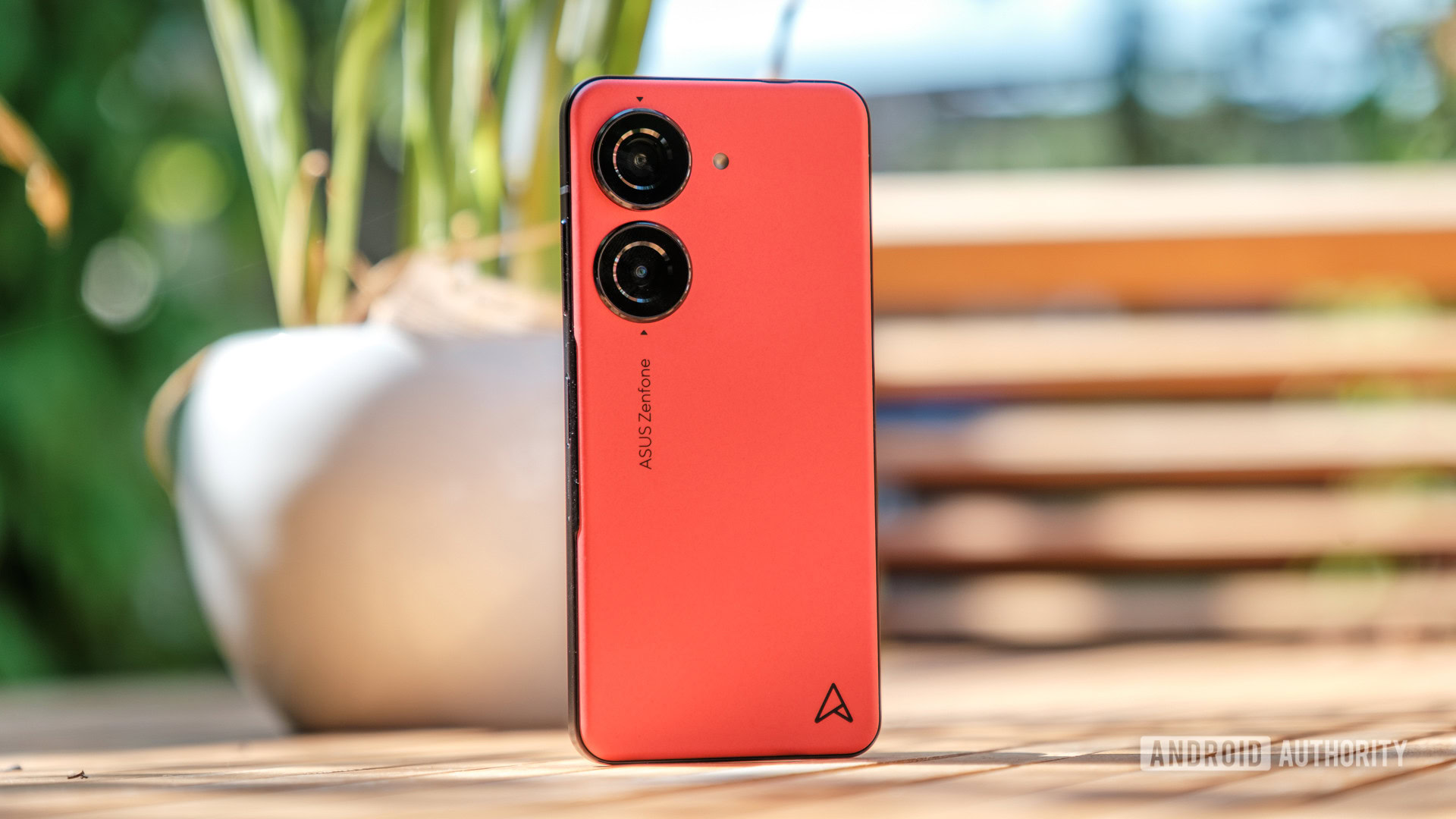
The Zenfone 10 continues the trend of ASUS nailing the small Android phone, and it’s certainly worth considering if you want to carry on the iPhone 13 Mini’s legacy. Yes, the ASUS device is one of the few compact Android flagship phones this year.
It’s a pretty solid device overall, as you’re getting a 5.92-inch 144Hz OLED panel, Snapdragon 8 Gen 2 SoC, a dual rear camera system (50MP main and 13MP ultrawide), and a 4,300mAh battery with 30W charging. Two more notable features are an IP68 rating and a 3.5mm port — yes, a headphone jack in 2023.
5. Samsung Galaxy Z Flip 5
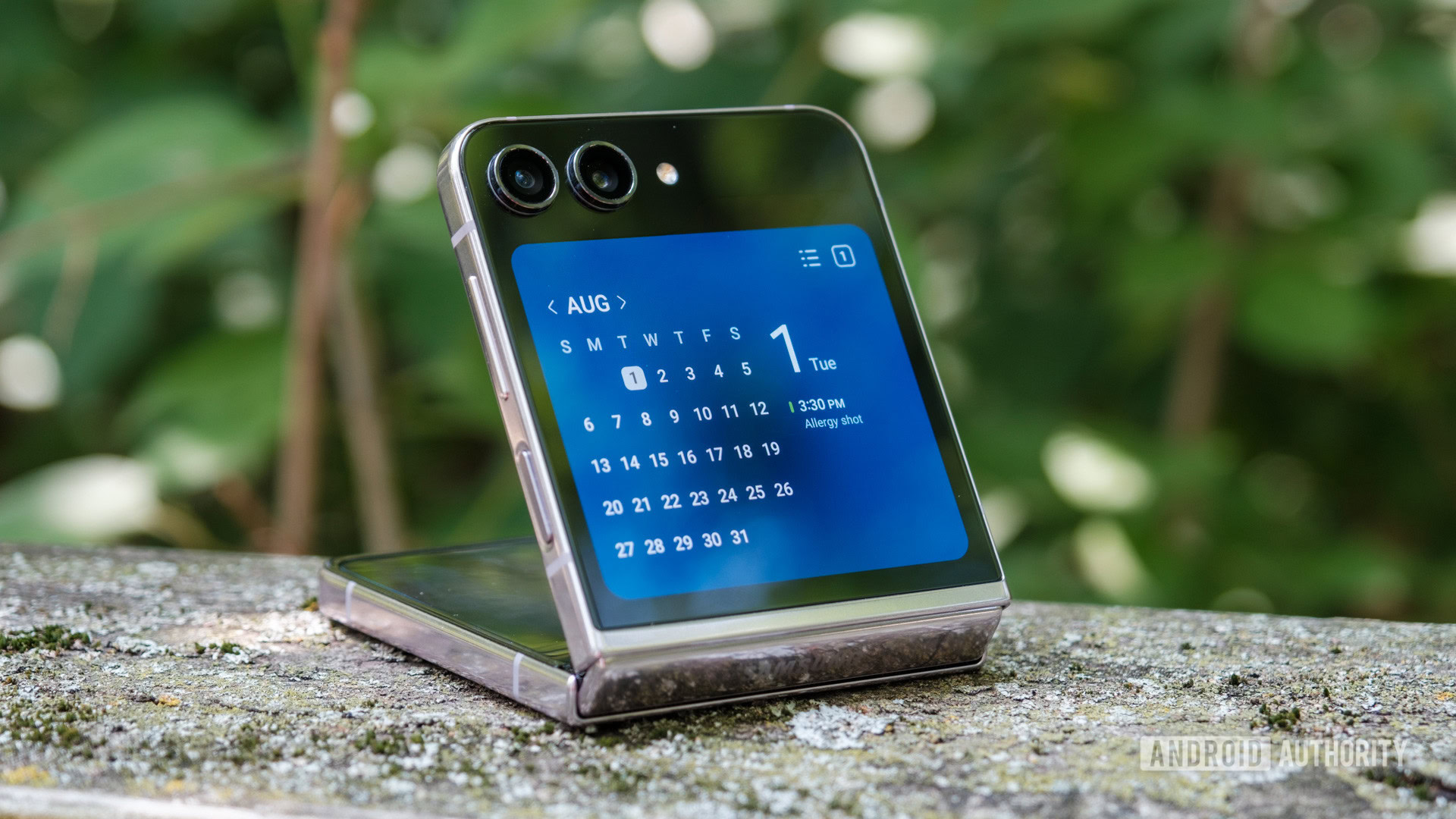
The foldable phone segment is heating up in a big way, but Apple still hasn’t taken the bait. Samsung keeps refining its design, and the Galaxy Z Flip 5 is its most advanced flip phone yet.
Samsung’s most affordable foldable in 2023 adds major changes to the classic clamshell design. Open the phone, and a 6.7-inch main display will greet you, while closing the device lets you tap into the newly expanded Flex Window. The smaller screen is used for everything from notifications and selfies to running full-featured apps through Good Lock.
The Galaxy Z Flip 5 also sports flagship silicon, a water-resistant design, and dual 12MP rear cameras (main, ultrawide). The only real downsides to the device are that the $1,000 price tag is still pretty expensive (although it’s cheap for a foldable), the cameras aren’t amazing, and the 3,700mAh battery is on the small side for an Android phone.
6. Sony Xperia 1 V
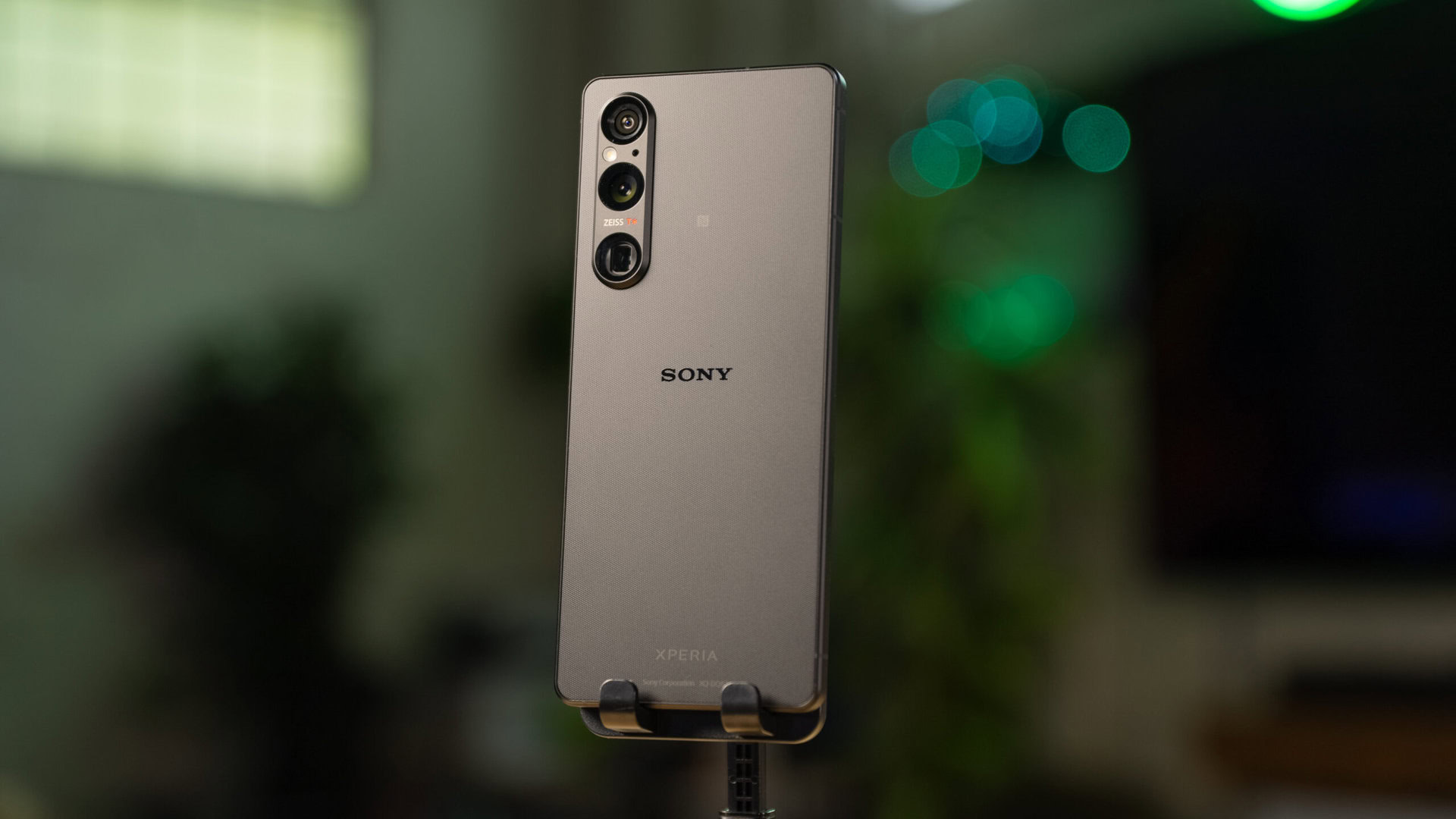
Sony has quietly been producing flagship phones for years now, but 2023’s phone might be the best device the brand has ever made. The Xperia 1 V leads the charge, delivering a Snapdragon 8 Gen 2 SoC, a 5,000mAh battery, 30W wired charging, and wireless charging. But it also packs a few extraordinary innovations.
For one, the Sony device still has a 6.5-inch 4K OLED display with a 120Hz refresh rate — so you don’t have to choose between a pixel-dense screen and a high refresh rate. Sony’s phone also sports an updated variable telephoto camera, delivering the ability to take shots across 3.5x to 5.2x optical zoom. A 48MP main camera, 12MP ultrawide shooter, IP68 rating, and a headphone port round out the package. However, the main camera is permanently binned to 12MP to keep your files small.
Like the idea of the Xperia 1 V but want something smaller? That’s where the Xperia 5 IV comes in. You lose out on a 4K display resolution but gain a 6.1-inch FHD+ screen instead. Sony’s smaller flagship also slows the charging speed, but you’ve still got almost everything else, including the 3.5mm jack.
7. Google Pixel 8 series
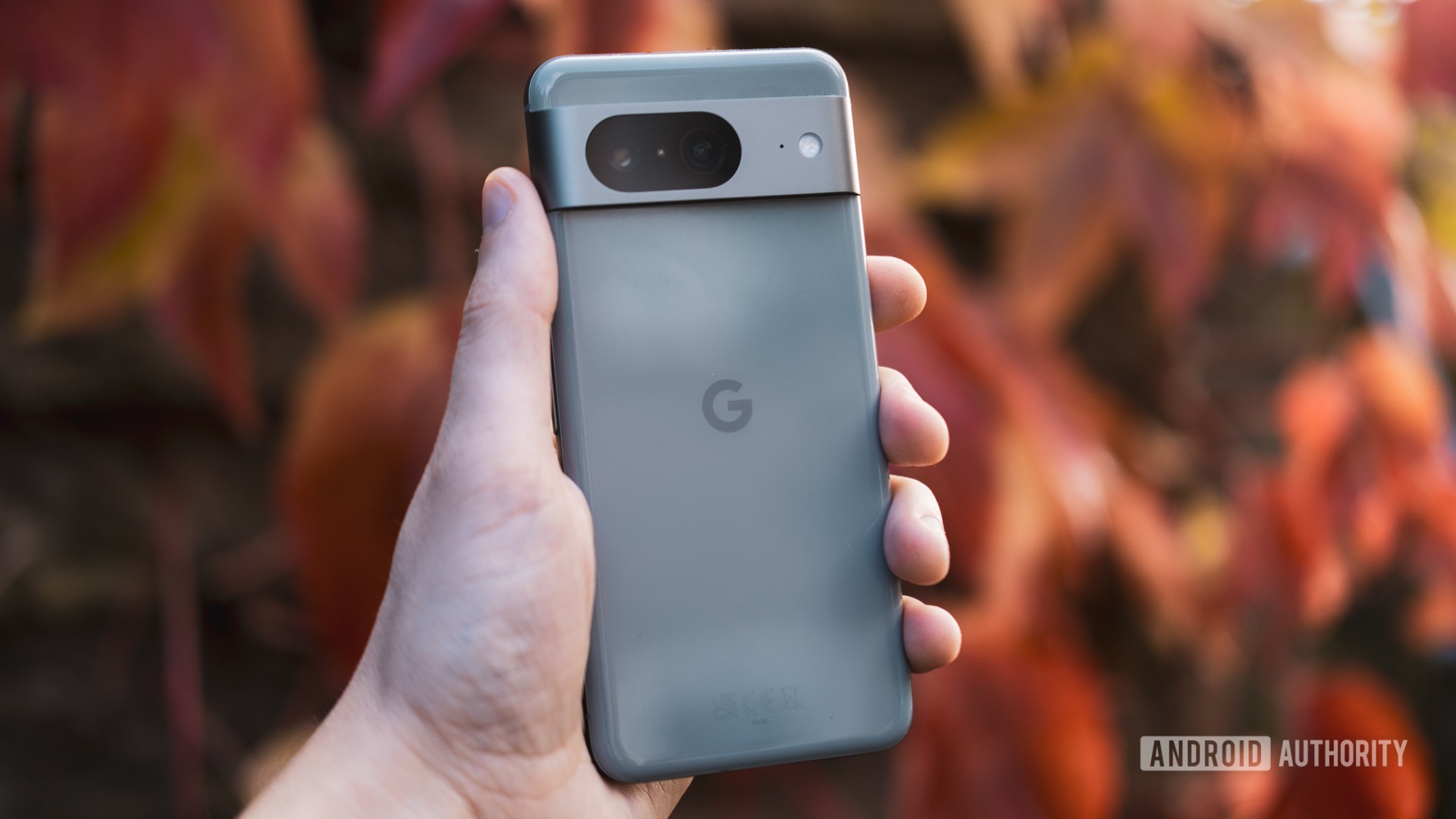
The Pixel 8 and Pixel 8 Pro arrived in October 2023, and they built on the success of the Pixel 7 series. While the designs might be similar, the upgraded internals give Google’s new flagships more punch than ever. You get a powerful Tensor G3 chip on both the Pixel 8 and Pixel 8 Pro, as well as a refined Gorilla Glass and aluminum design.
Google equipped both models with crisp, flat OLED panels, though the Pixel 8 Pro offers the larger 6.7-inch 120Hz unit. You still get a 90Hz, 6.2-inch option on the Pixel 8, which is more than enough for most people. Google’s revamped camera bar keeps the same high-powered lenses on the Pixel 8, with 50MP wide and 12MP ultrawide lenses. The Pixel 8 Pro, on the other hand, bumps its ultrawide shooter to 48MP and keeps its 48MP telephoto lens in the mix for up to 5x optical zoom.
iPhone 13 alternatives: honorable mentions
- Google Pixel 7a (): Can’t afford the Pixel 7 series but want a pure Android experience with plenty of updates? That’s where the Pixel 7a comes in. It’s closer to a full-scale flagship than ever, with IP67 water/dust resistance and good cameras. You’re also getting Pixel features like Call Screening, astrophotography, and astrophotography timelapse.
- Xiaomi 13 Pro (): If you’re intrigued by Apple’s Pro devices but want to know what else is out there, then the Xiaomi 13 Pro is a good starting point. Xiaomi’s premium flagship is expensive, but you get high-end silicon, a hefty 4,820mAh battery, 120W wired/50W wireless charging for super-fast charging, and a 120Hz QHD+ screen. The phone also packs an impressive camera system (50MP main, 50MP ultrawide, 50MP telephoto) and a Gorilla Glass Victus display.
- Samsung Galaxy S23 FE (): Samsung’s Galaxy S21 FE may not have blown us away quite like its predecessor, but the Galaxy S23 FE hopes to get back on track. The phone will cost you $699, but it still ticks plenty of boxes, with a 4,500mAh battery, wireless charging, an IP68 rating, a flexible triple rear camera system (50MP main, 12MP ultrawide, 8MP telephoto), and a 120Hz OLED screen. Toss in three years of OS updates and four years of security patches, and you’ve got a very enticing proposition.
These have been our best iPhone 13 alternatives. Are there any devices you’d recommend? Then let us know via the comments section below.